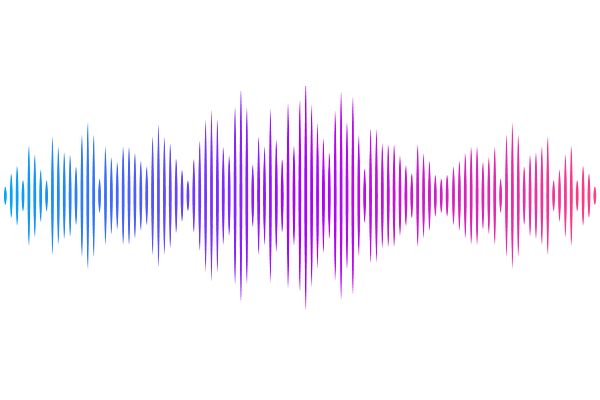Gene regulatory network landscape of Group 3/4 medulloblastoma

Gene regulatory network landscape of Group 3/4 medulloblastoma
Joshi, P.; Stelzer, T.; Okonechnikov, K.; Sarropoulos, I.; Sepp, M.; Pour-Jamnani, M. V.; Rademacher, A.; Yamada-Saito, T.; Schneider, C.; Schmidt, J.; Schaefer, P.; Leiss, K.; Bortolomeazzi, M.; Mallm, J.-P.; da Silva, P. B. G.; Statz, B.; Wittmann, A.; Schramm, K.; Blattner-Johnson, M.; Fiesel, P.; Jones, B.; Milde, T.; Pajtler, K.; van Tilburg, C. M.; Witt, O.; Rippe, K.; Korshunov, A.; Jones, D. T. W.; Hovestadt, V.; Northcott, P. A.; Thongjuea, S.; Jaeger, N.; Kaessmann, H.; Pfister, S. M.; Kutscher, L. M.
AbstractResolving the molecular mechanisms driving childhood brain tumors will uncover tumor-specific vulnerabilities and advance mechanism-of-action-based therapies. Here we describe a continuum of cell-states in Group 3/4 medulloblastomas, the most frequent and fatal cerebellar embryonal tumor subgroups, based on the differential activity of transcription-factor-driven gene networks derived using a comprehensive single-nucleus multi-omic medulloblastoma atlas. We show that Group 3/4 tumor diversity stems from enriched cell-states along four molecular identity axes: photoreceptor, MYC, precursor, and unipolar brush cell-like. We identified a potential role of PAX6 in driving dual Group 3- and Group 4-like tumor trajectories in subtype VII tumors. Our study demonstrates how oncogenic events together with lineage determinants drive Group 3/4 tumor identity away from their original source in the cerebellar unipolar brush cell lineage.